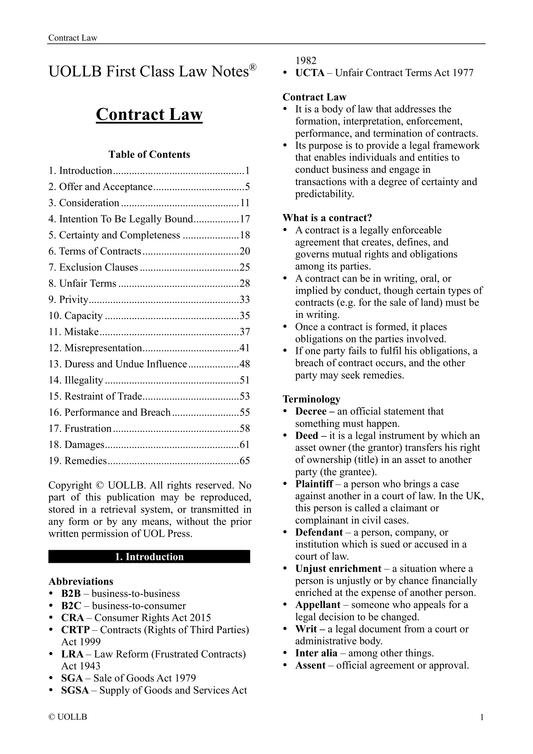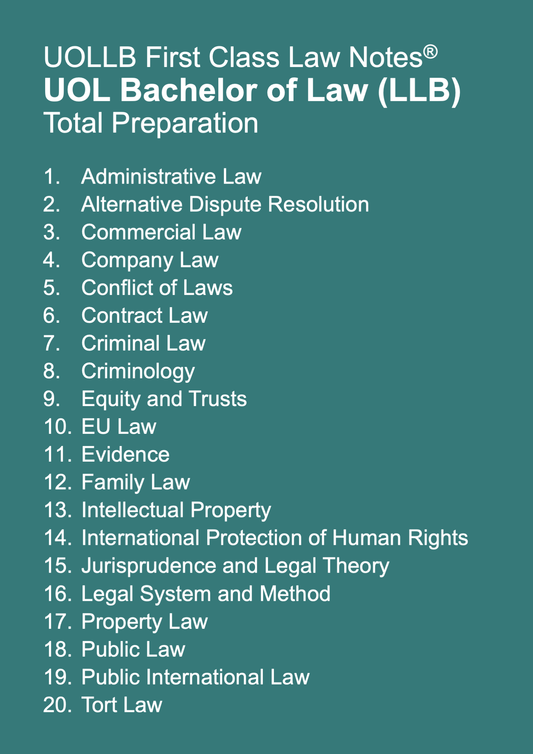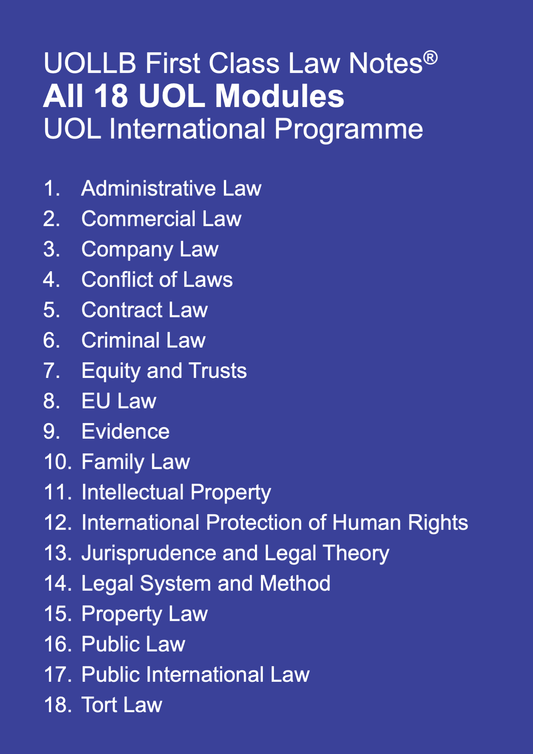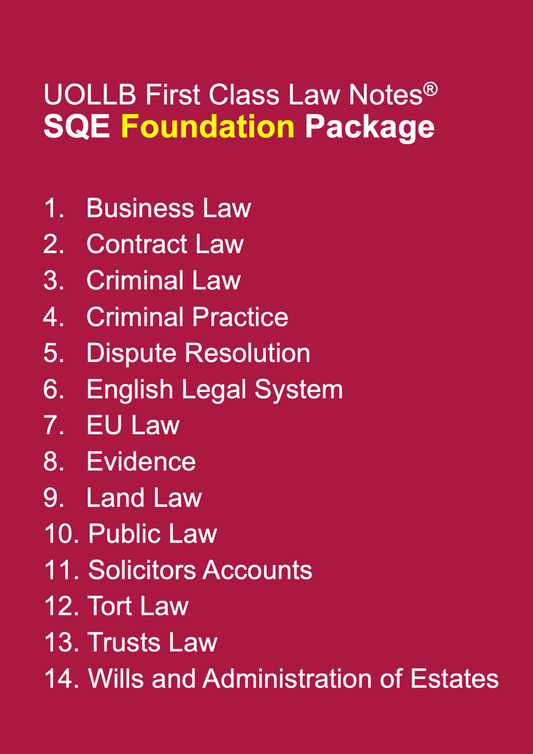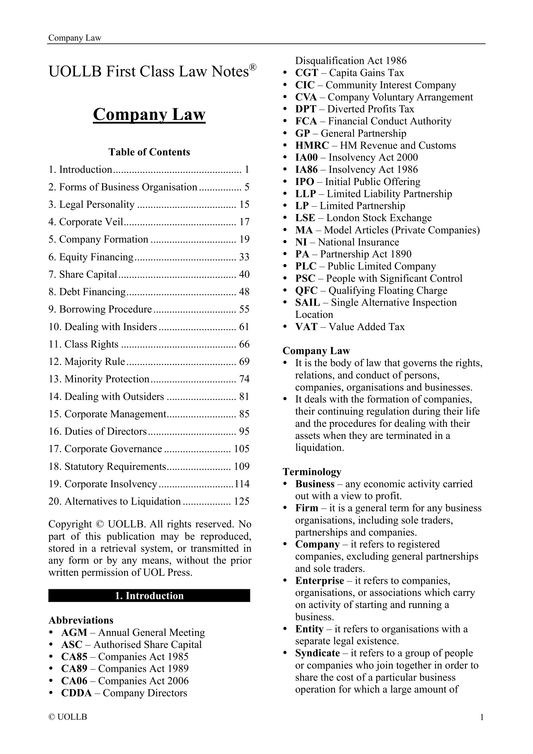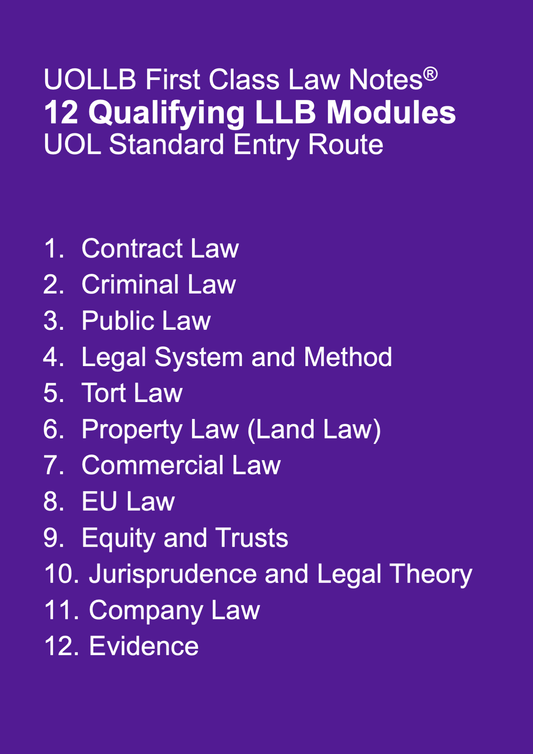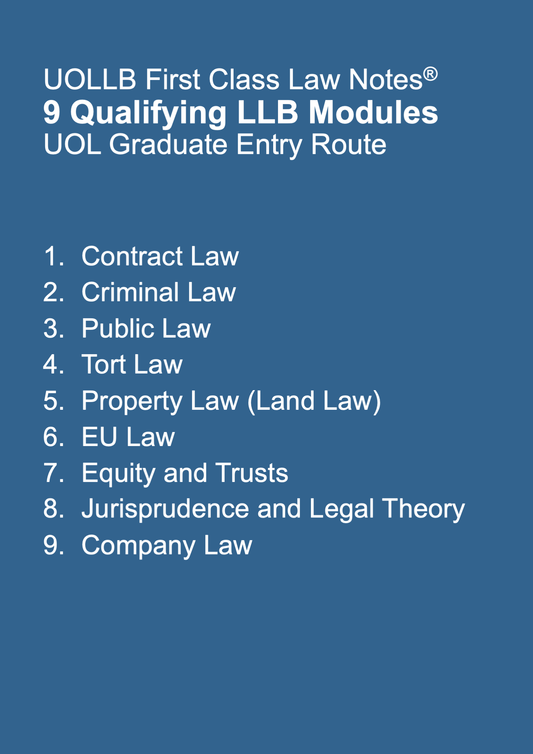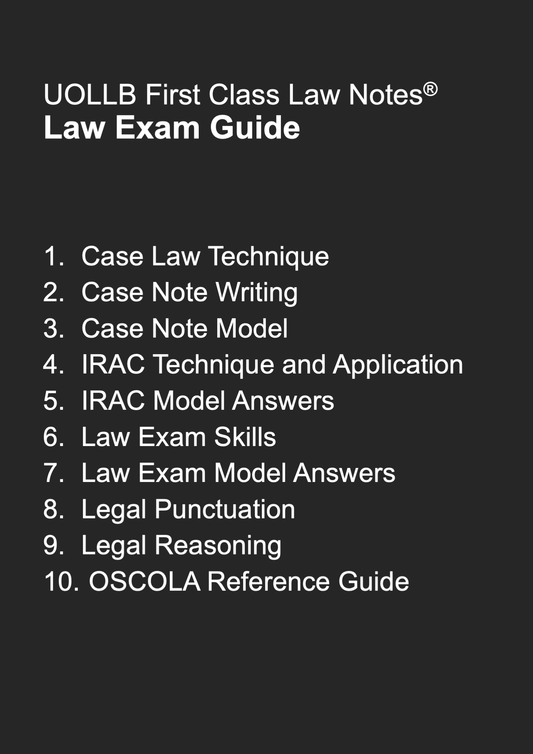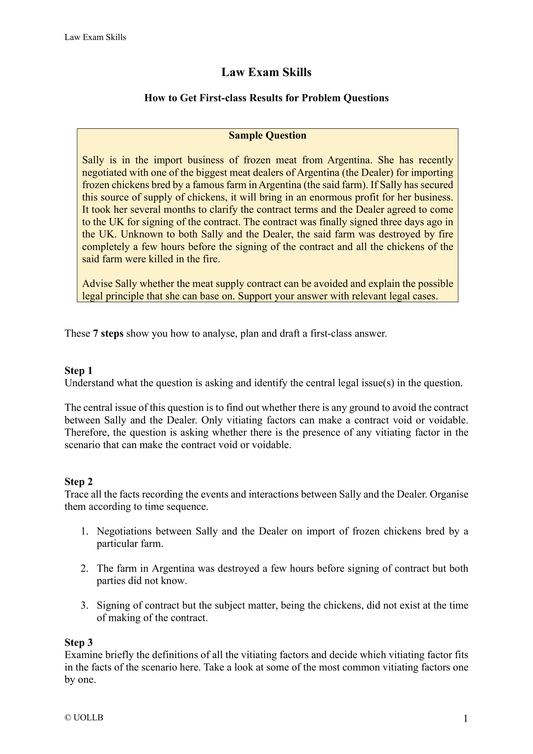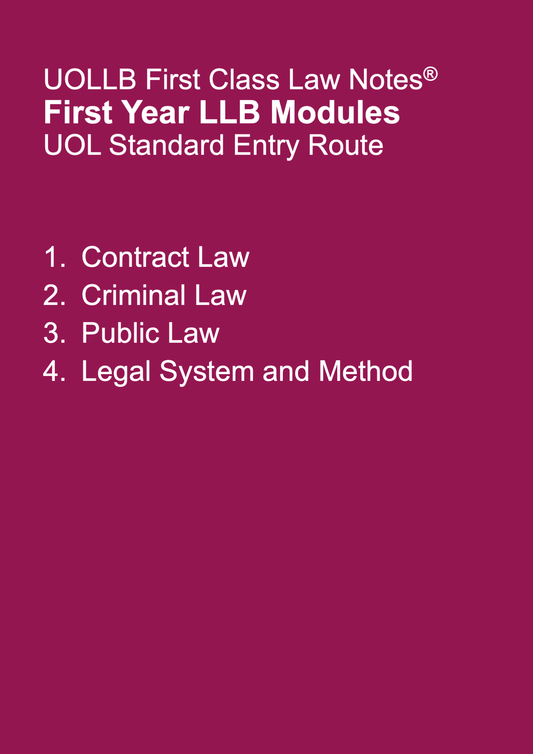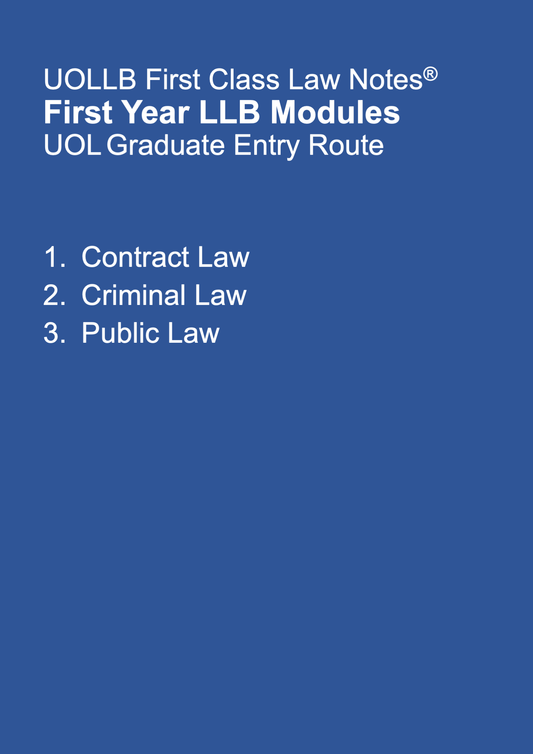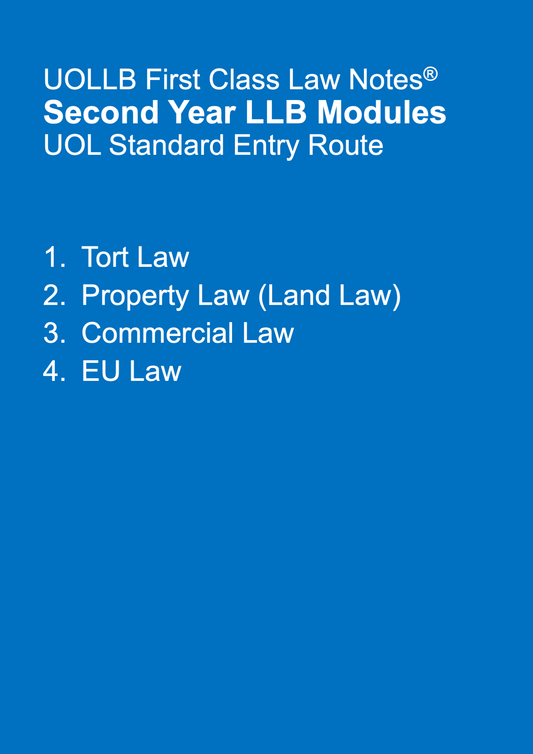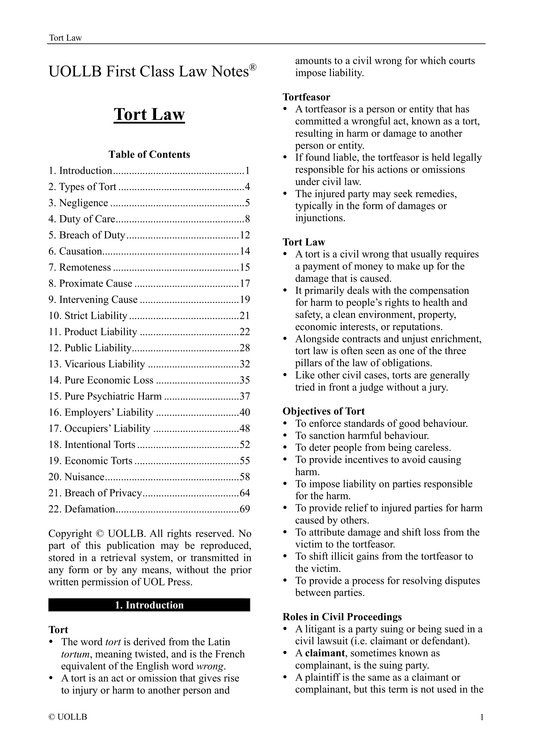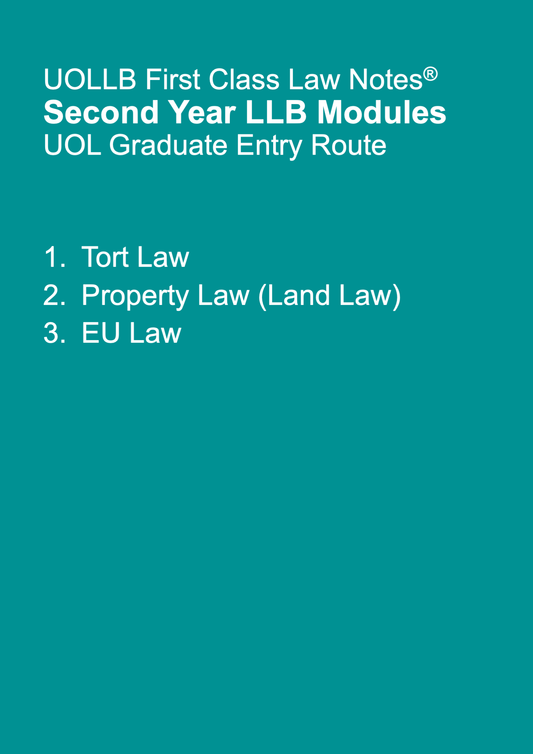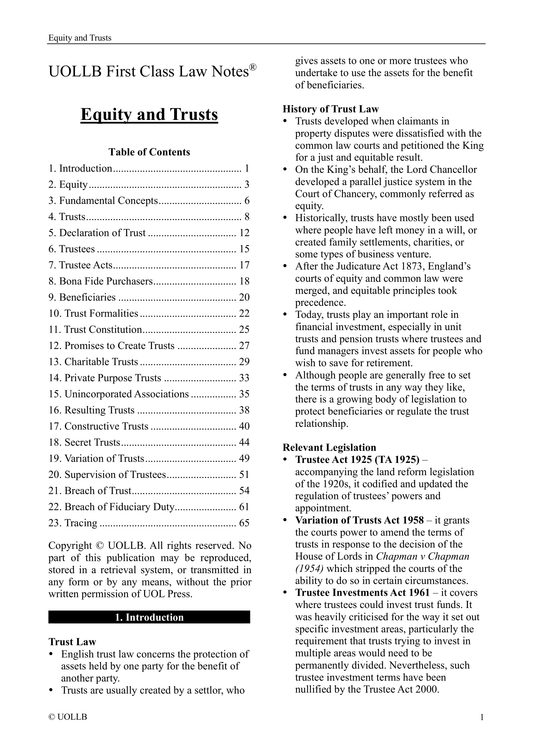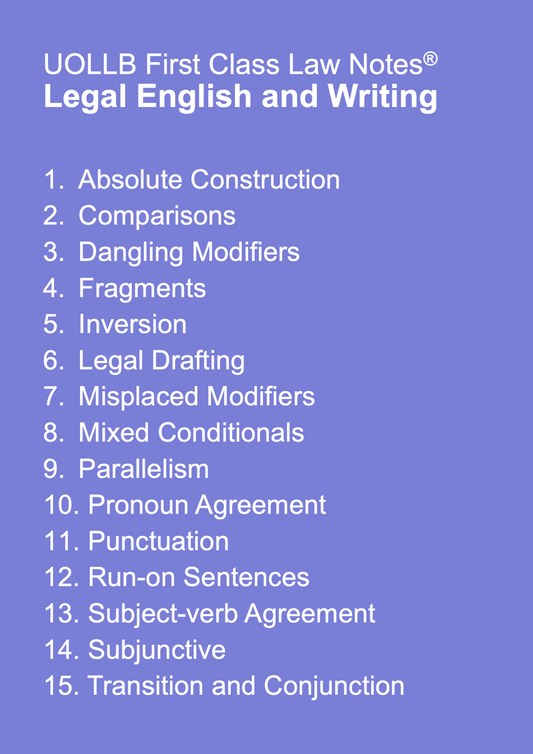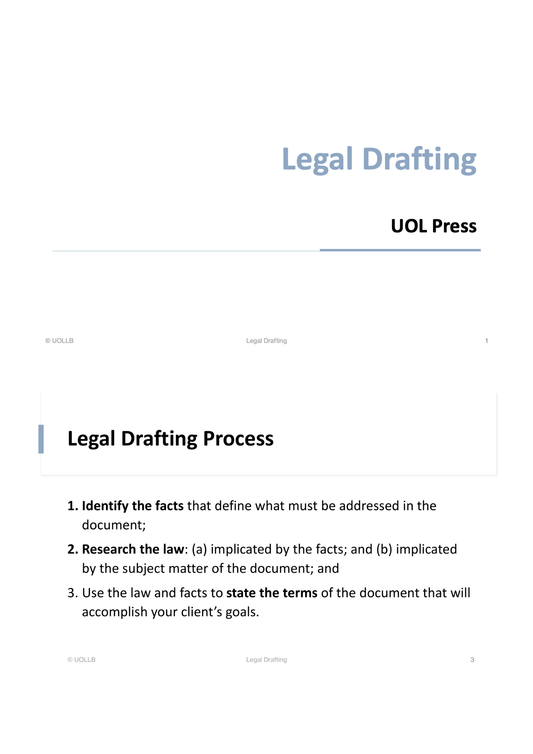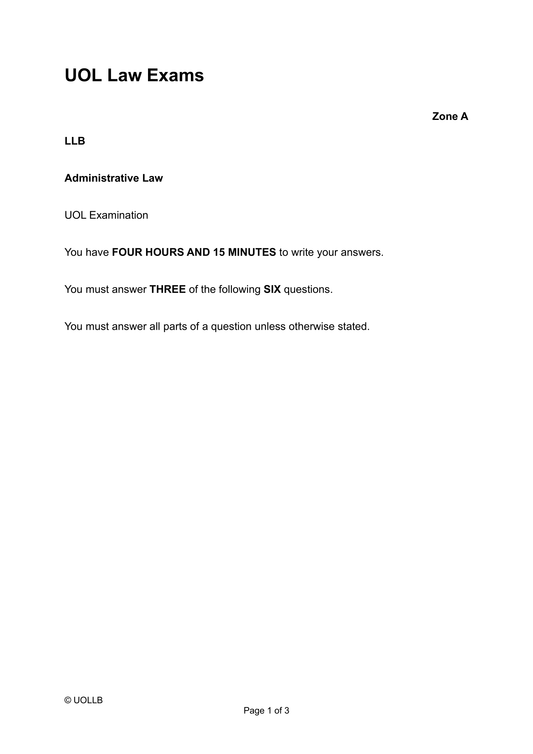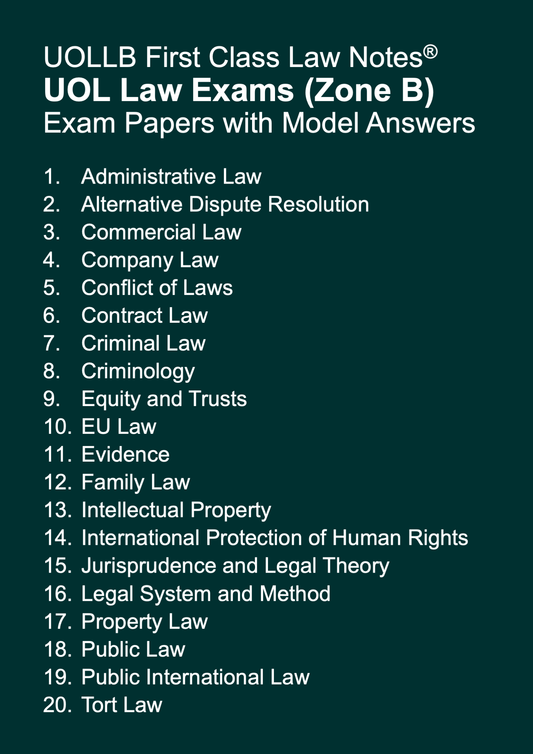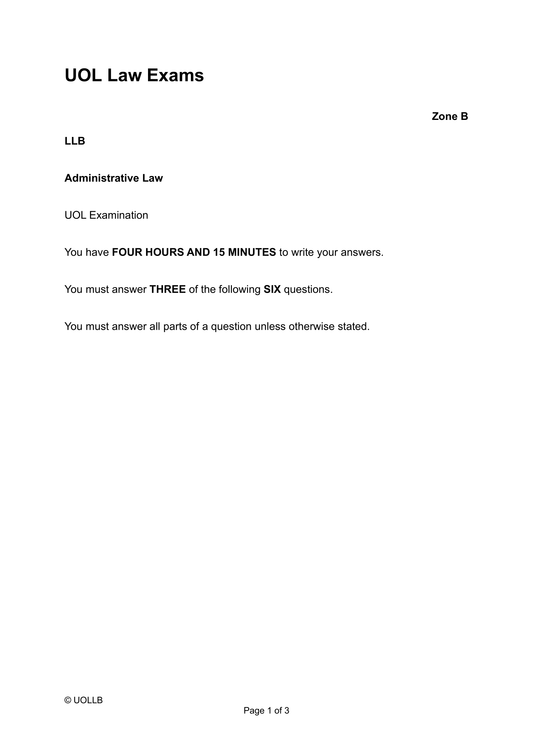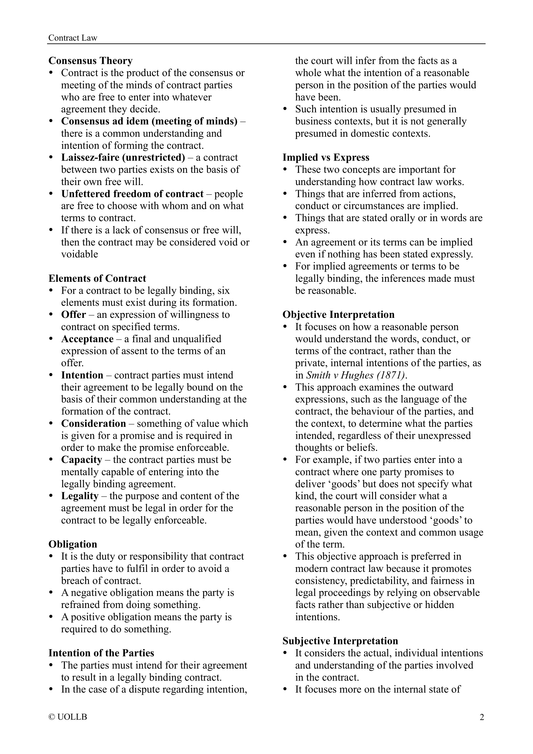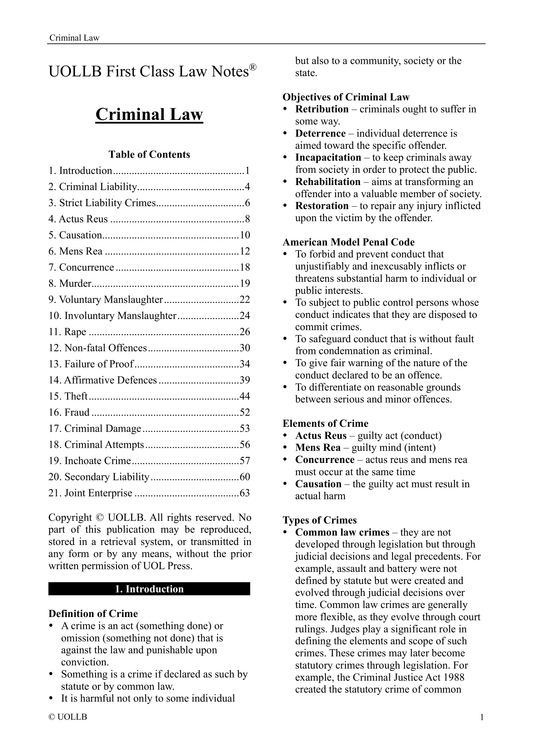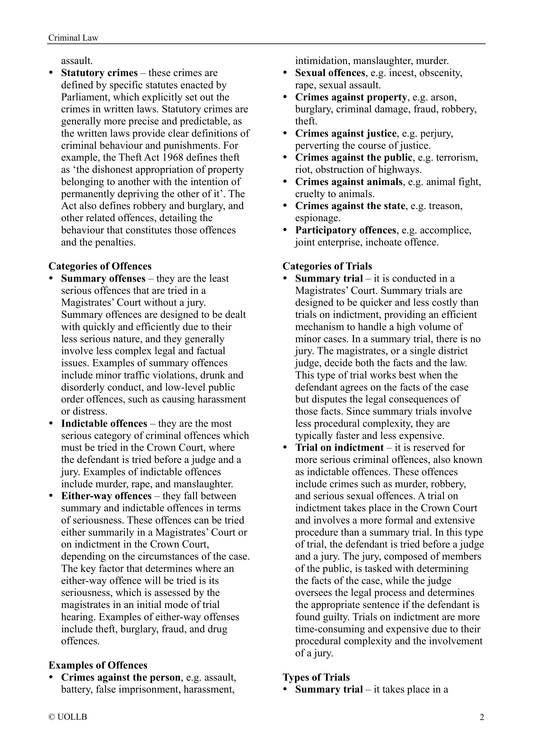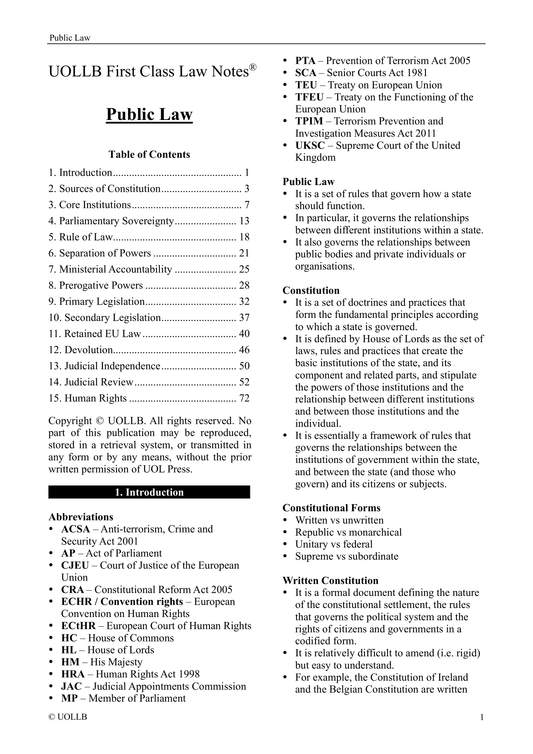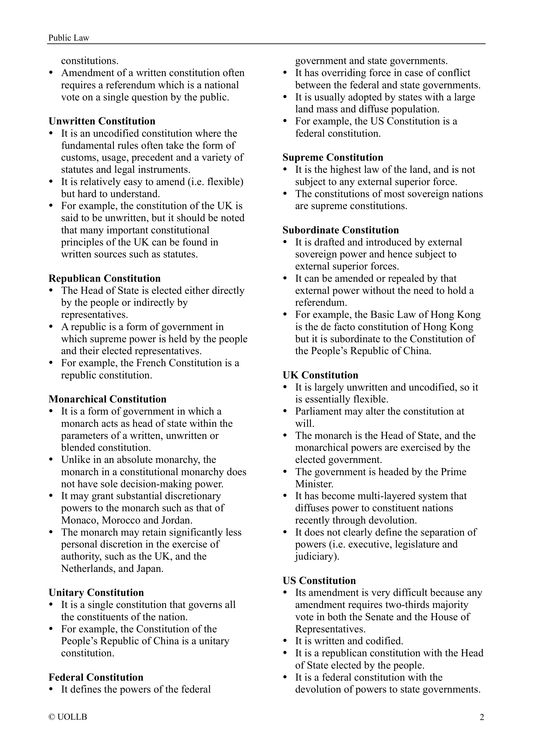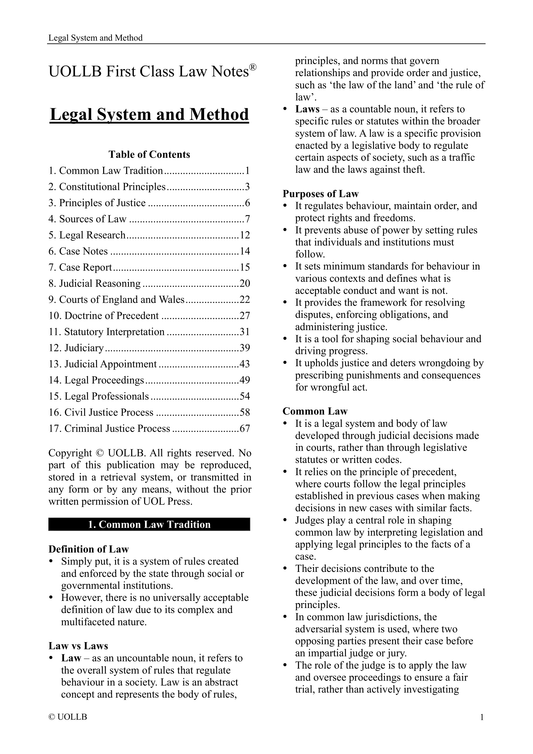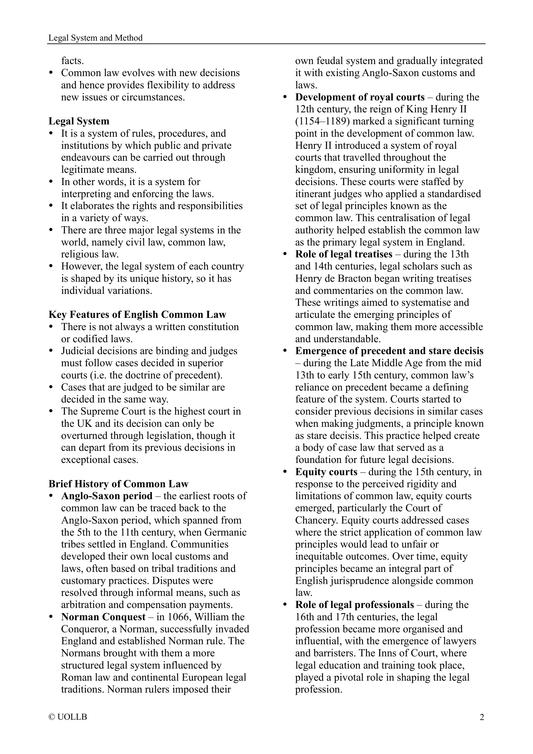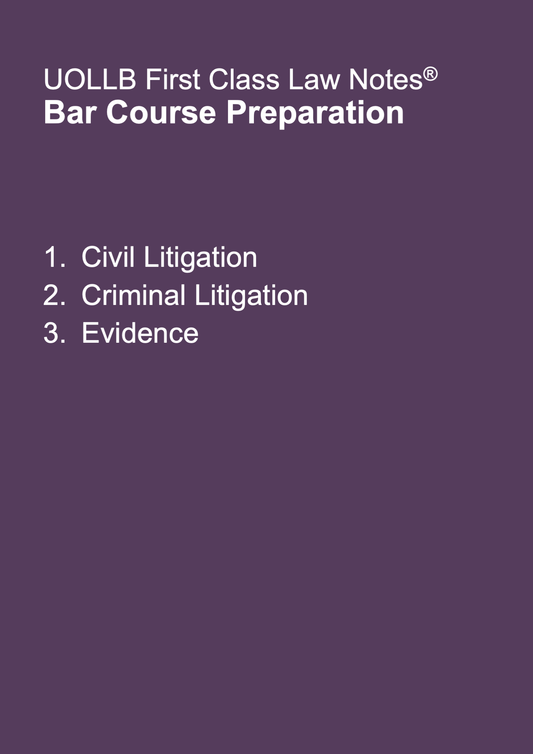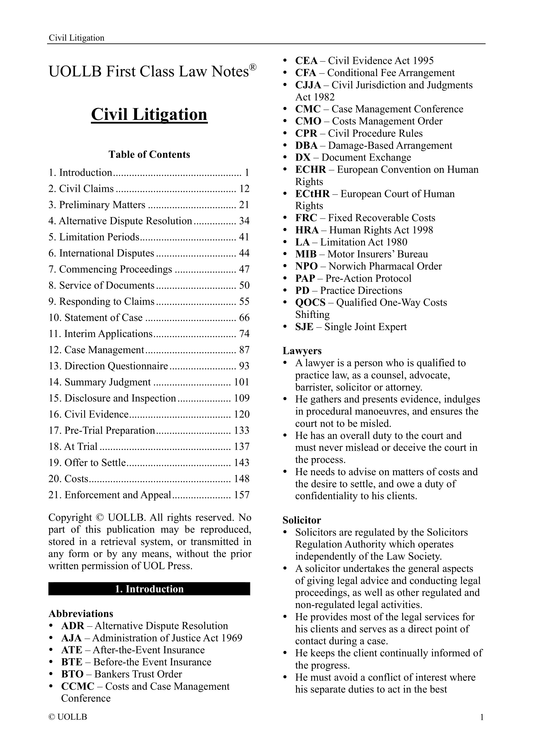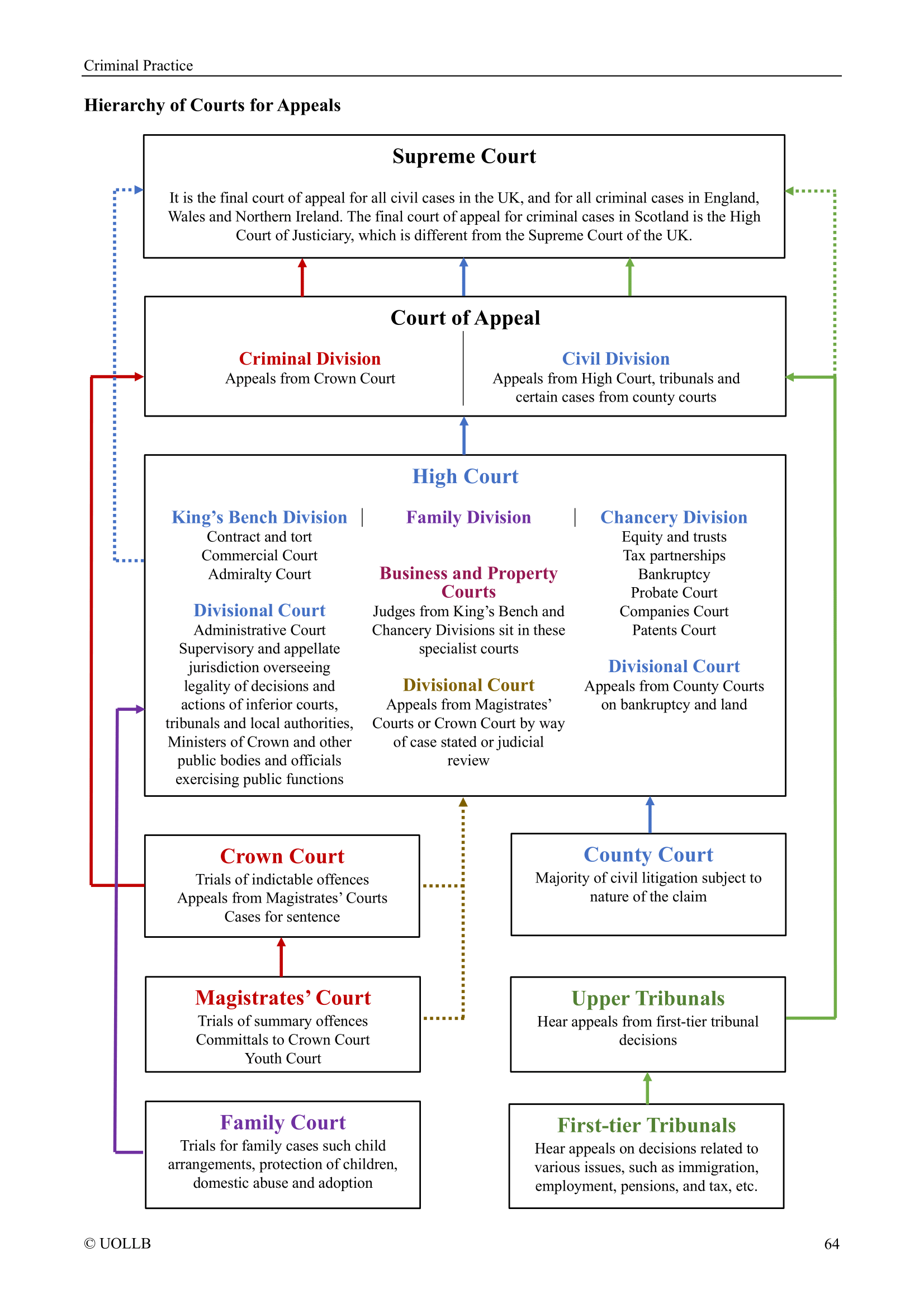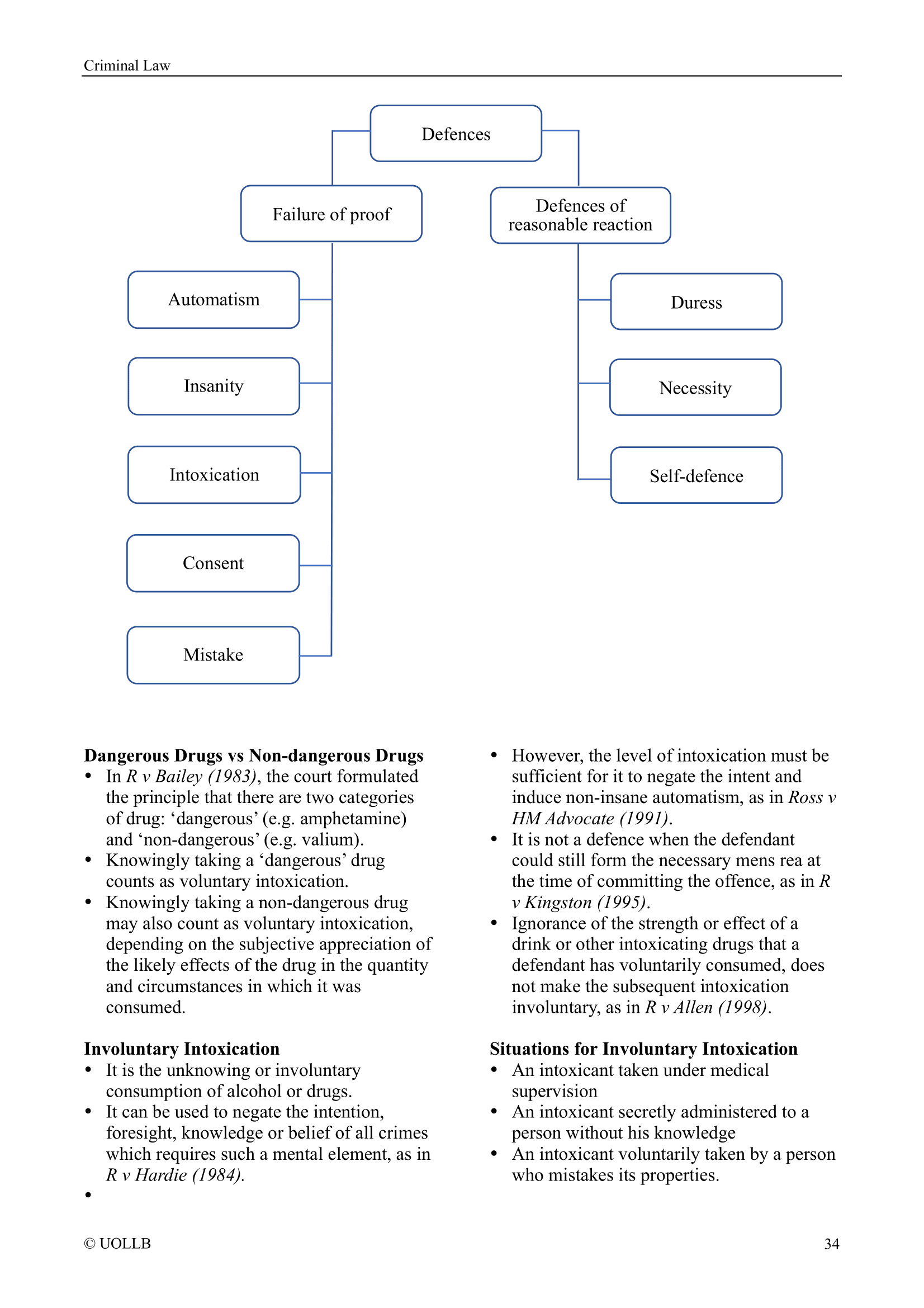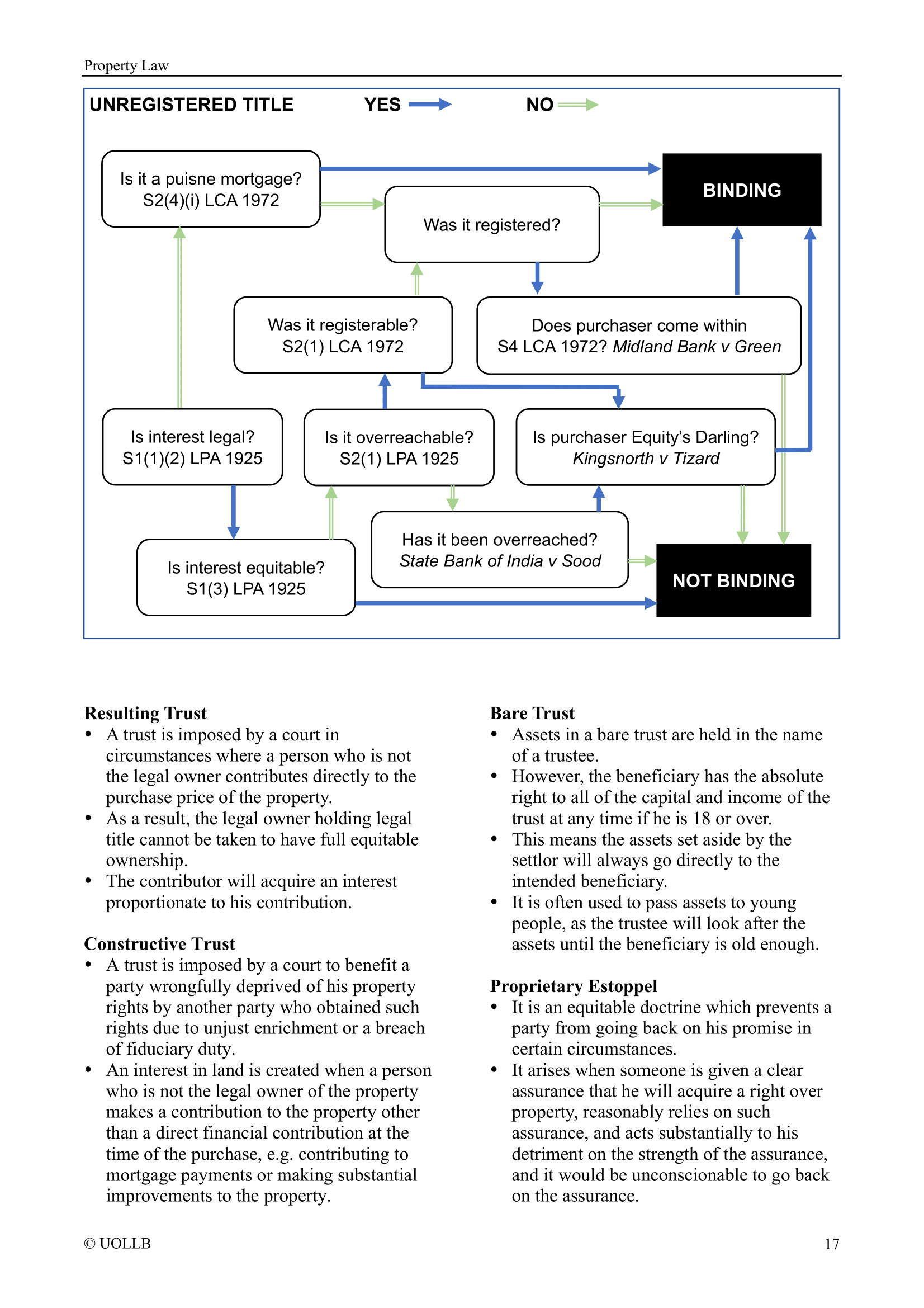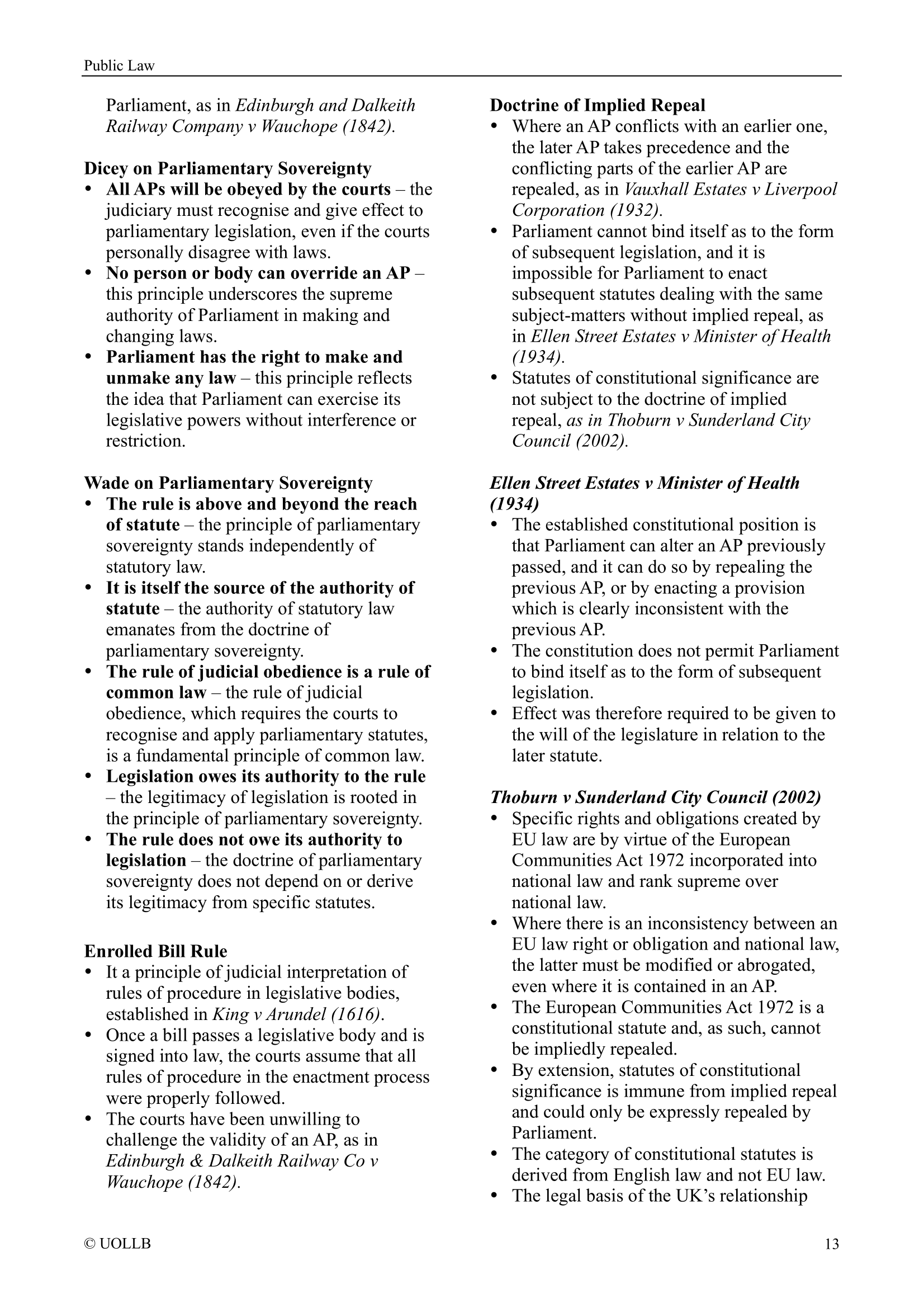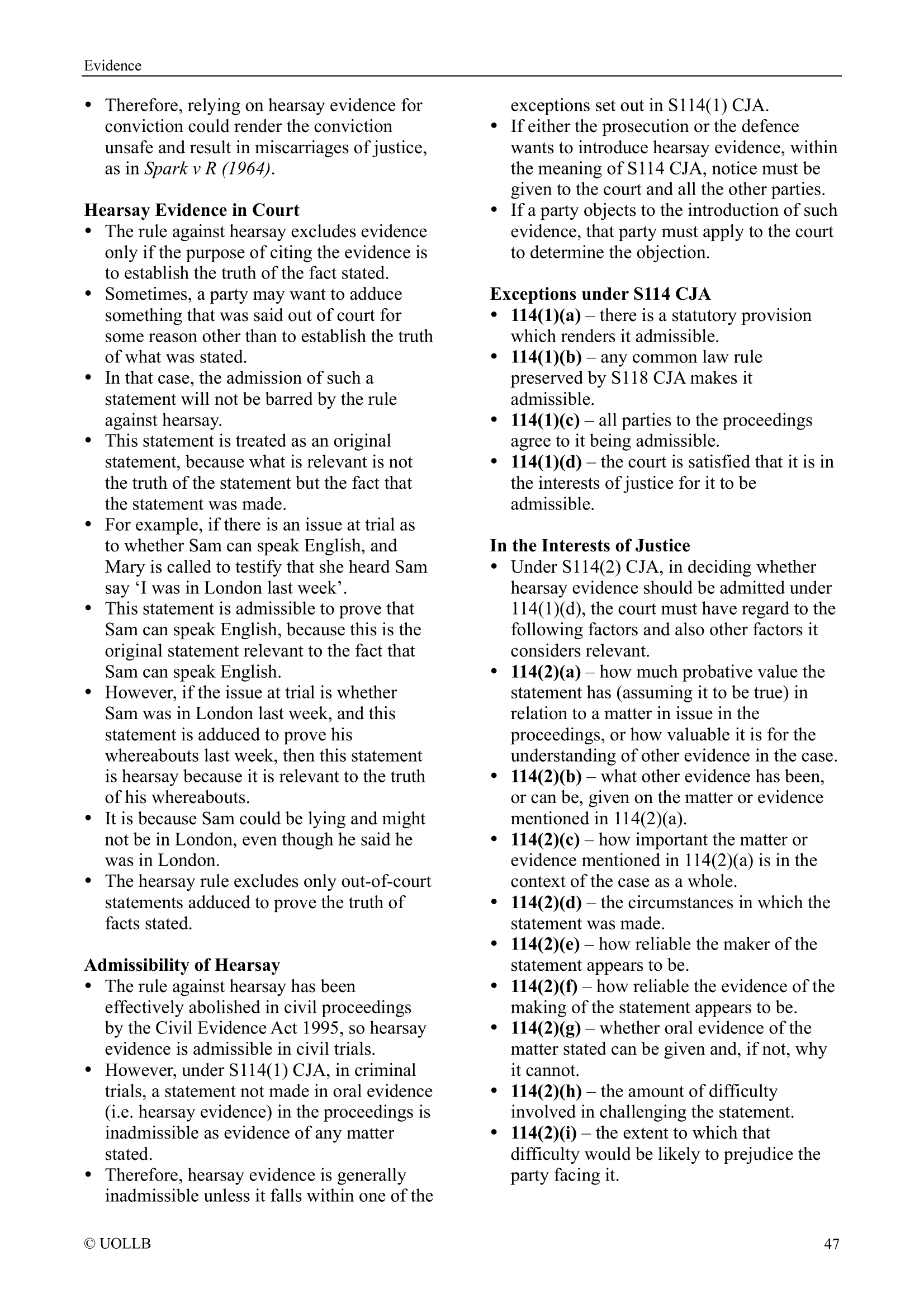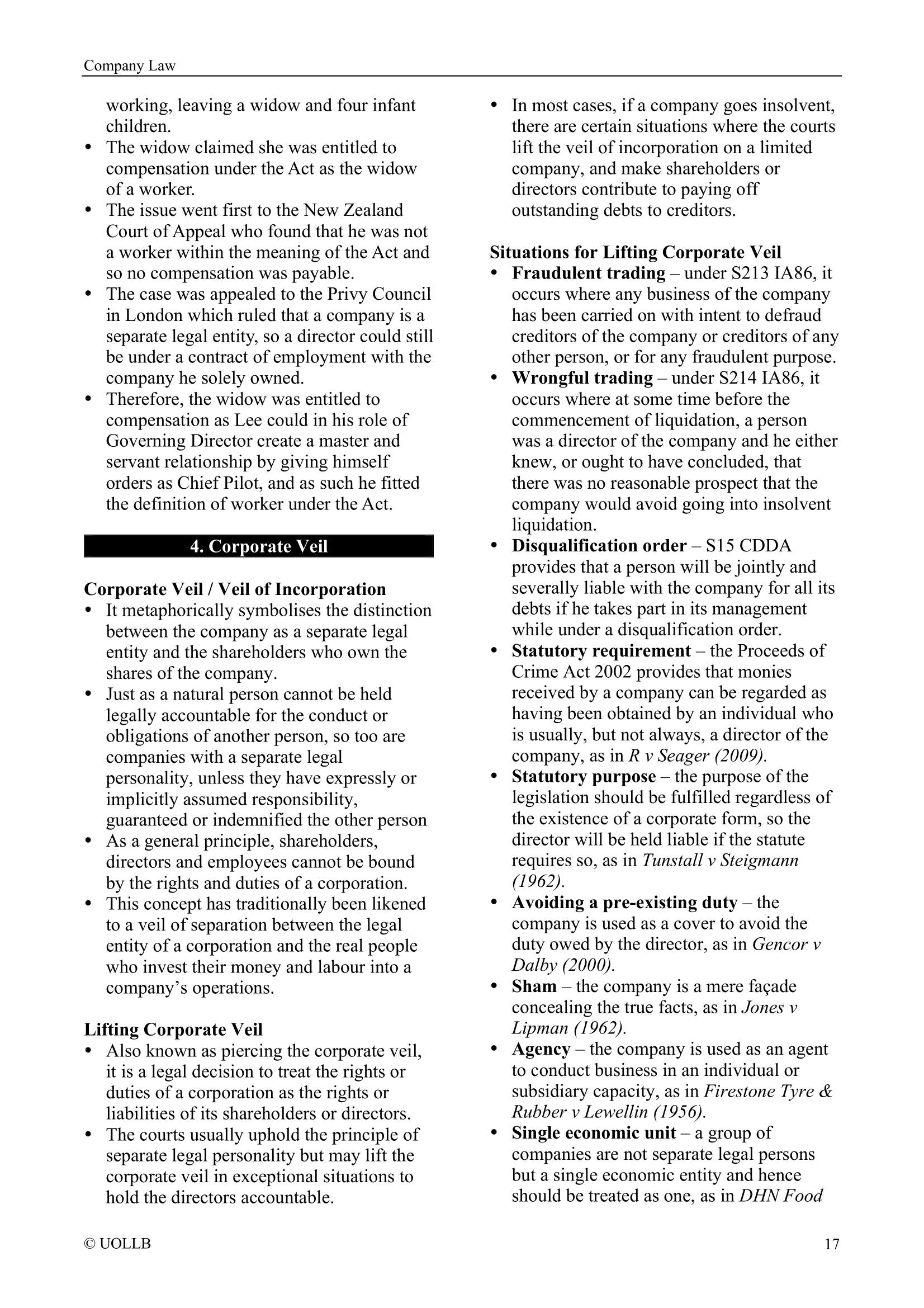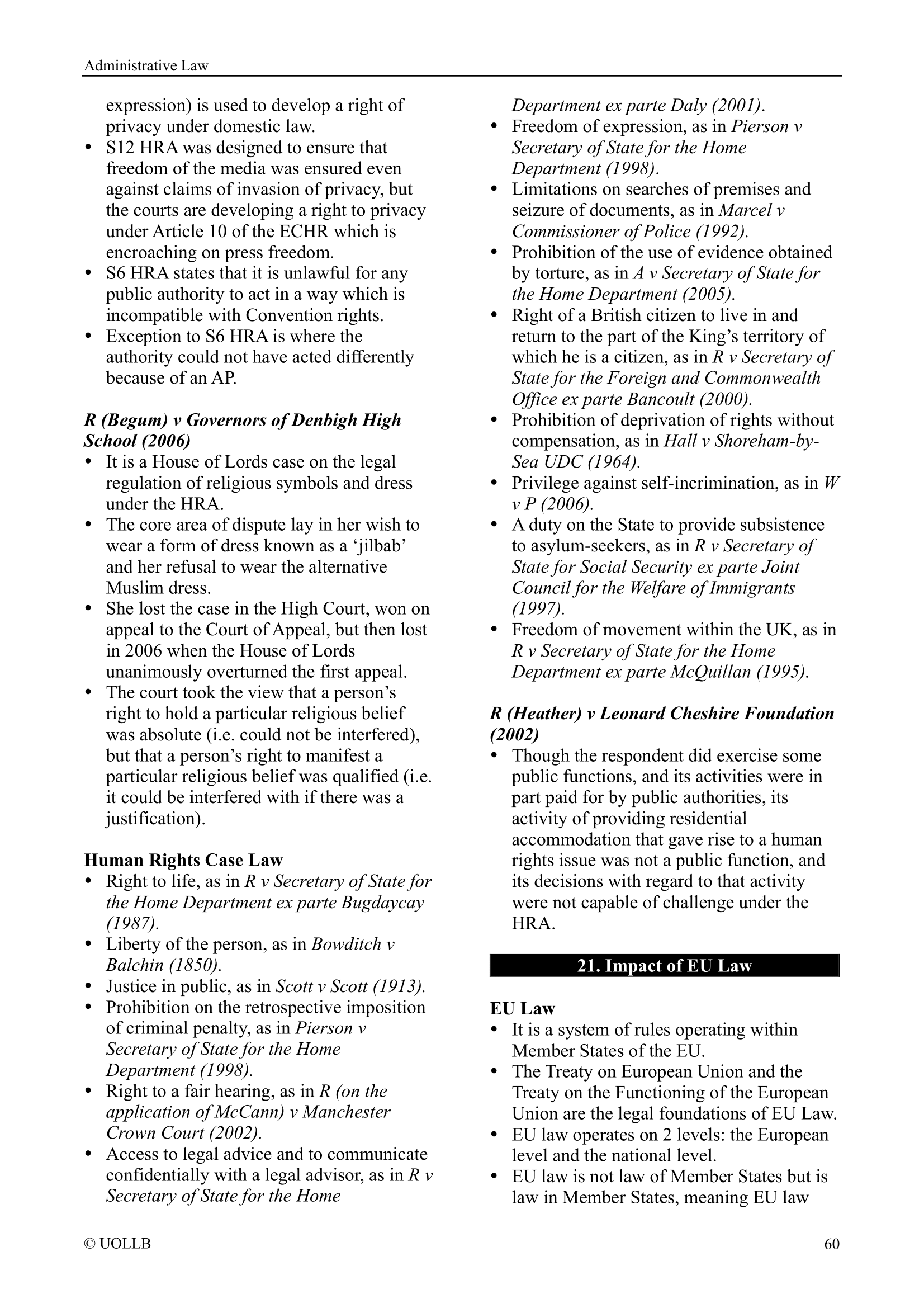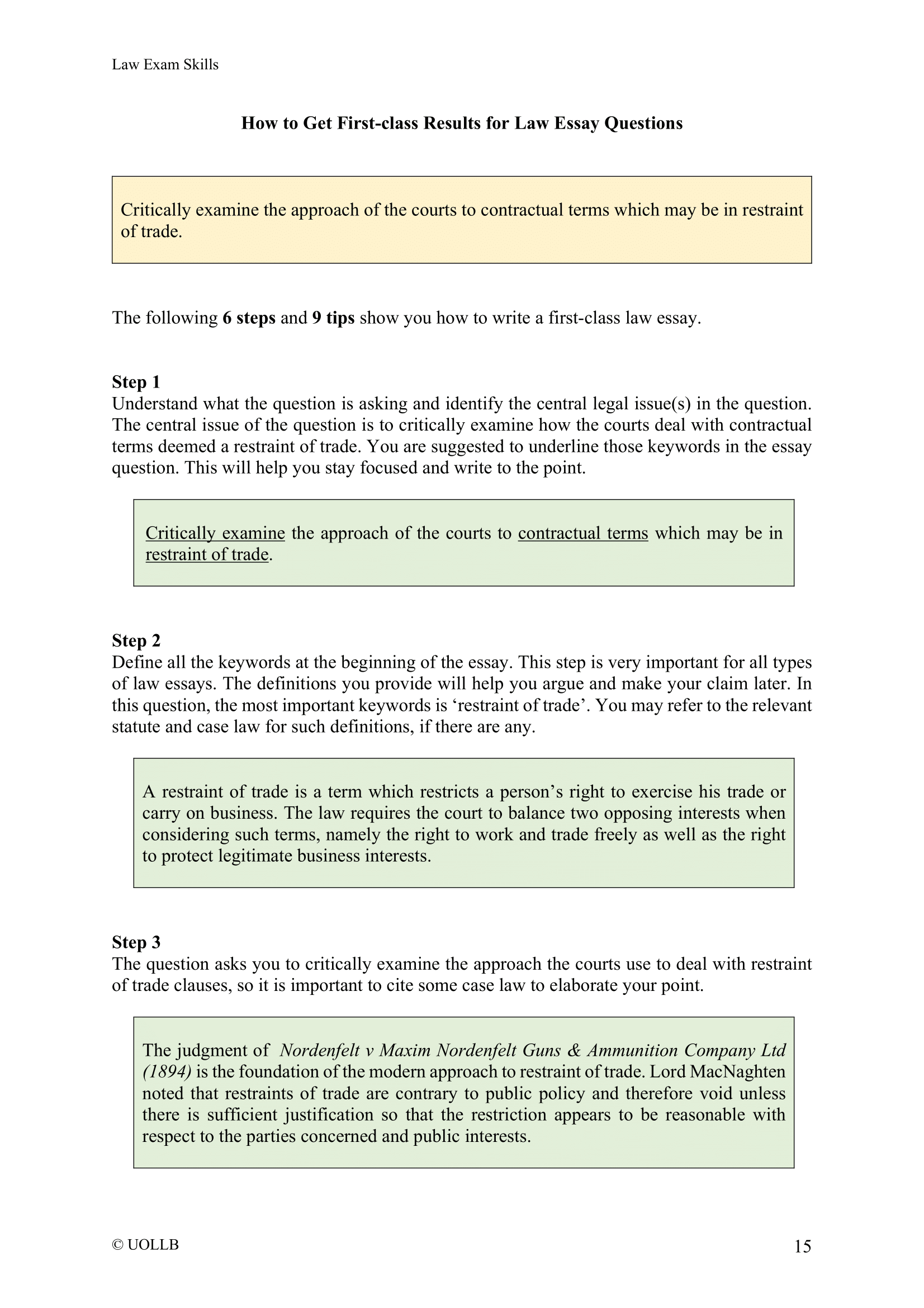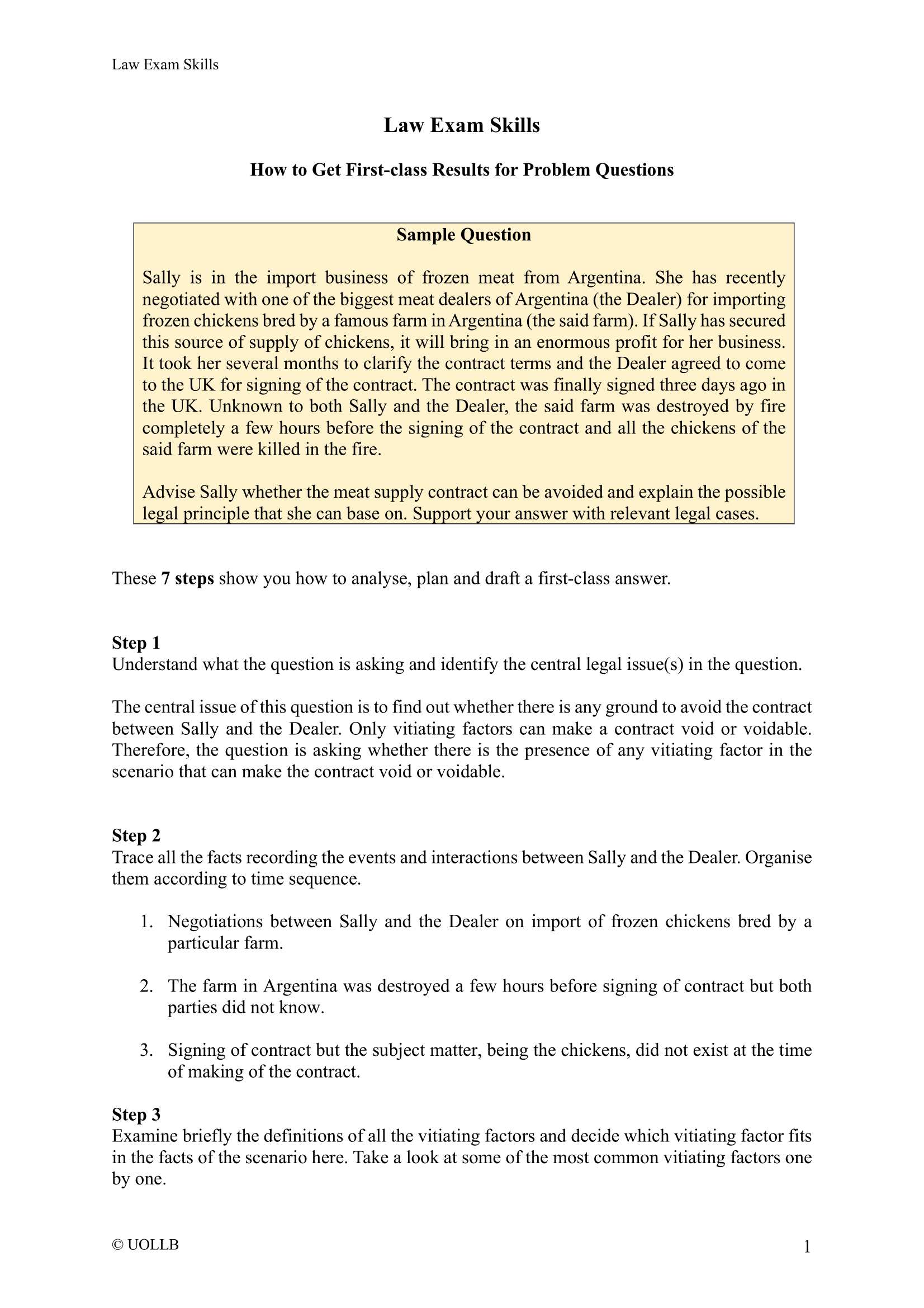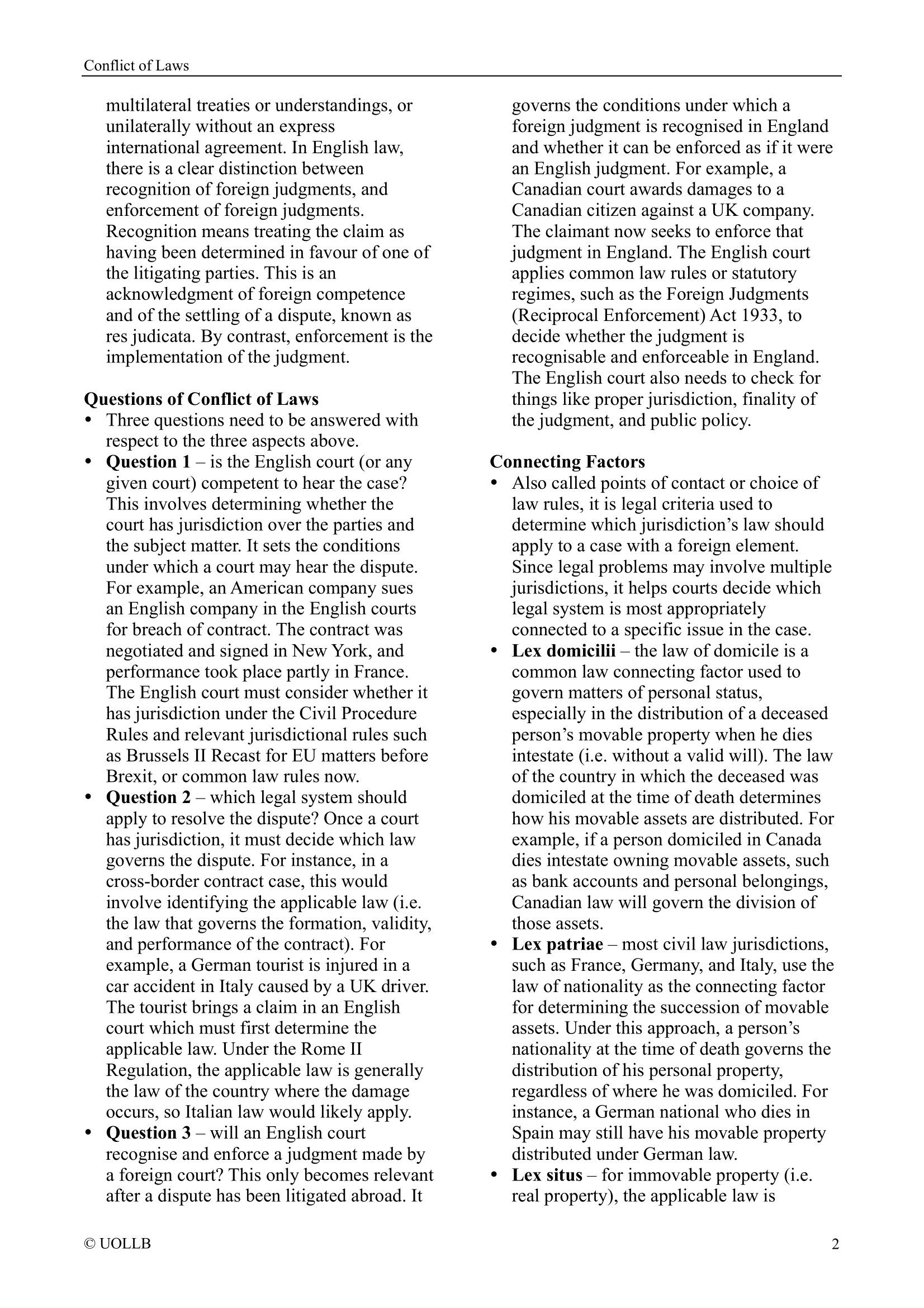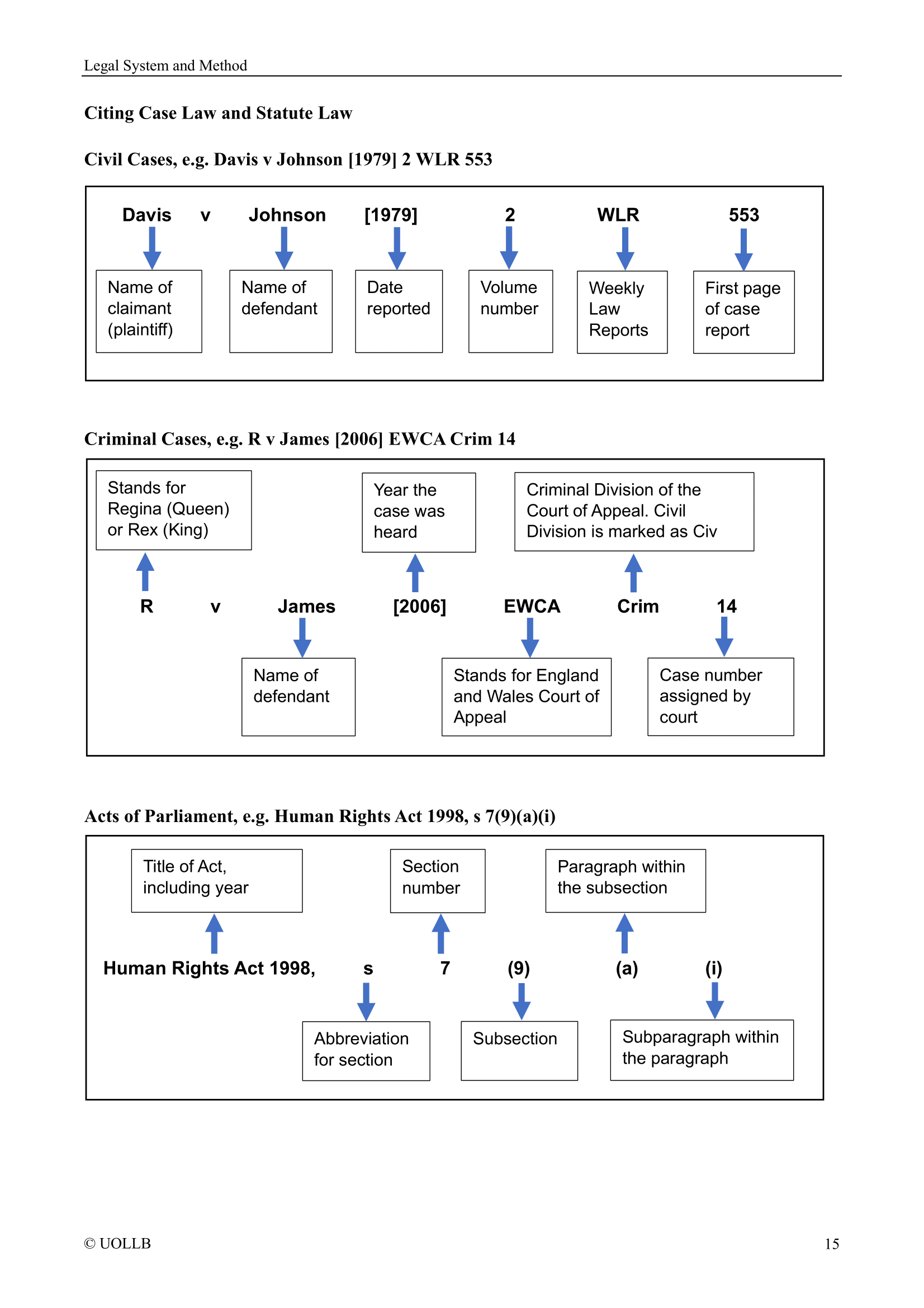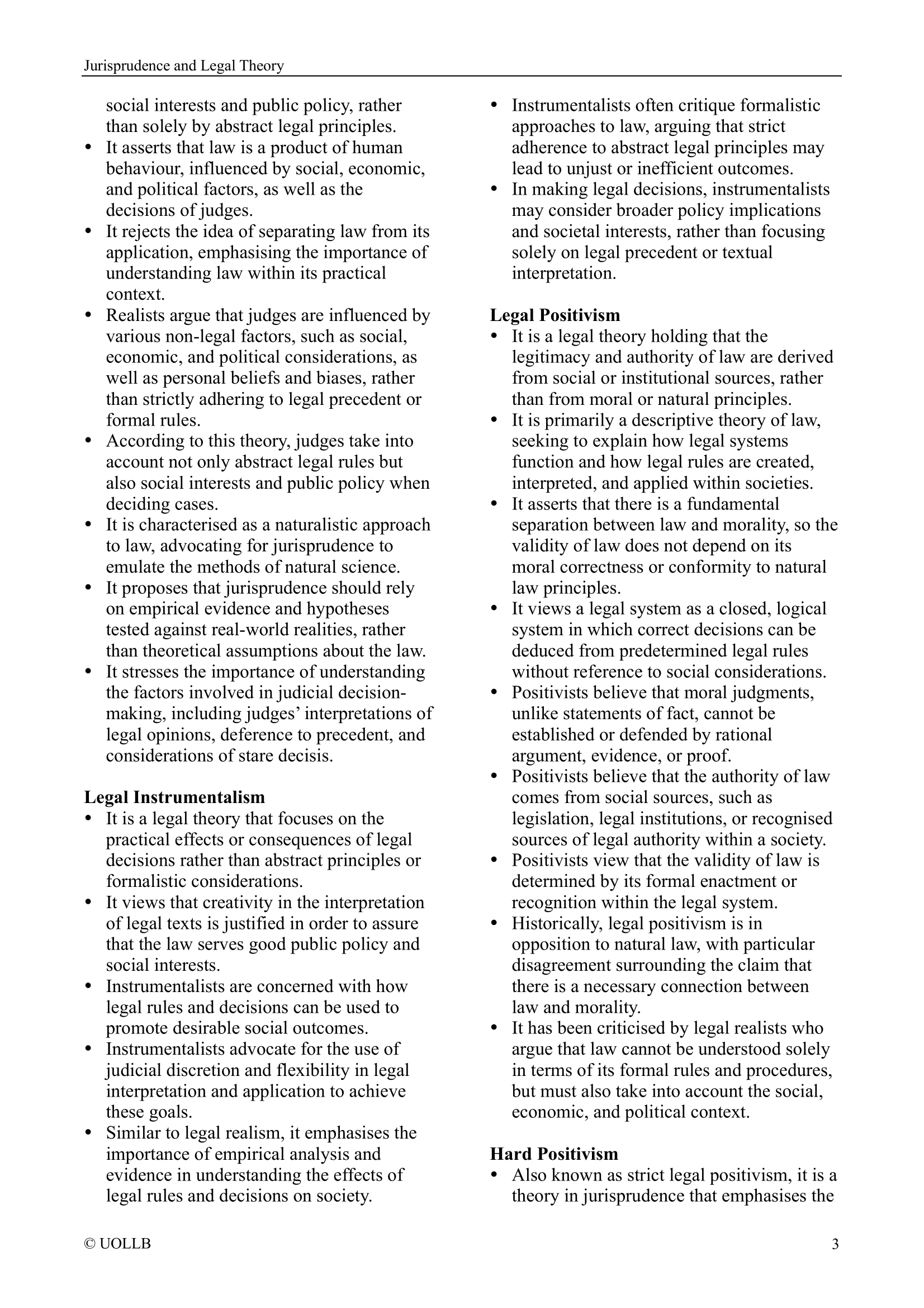Drafting Particulars of Claim for SQE
Share
Particulars of claim are a legal document that sets out the factual and legal basis of a party's claim in a civil lawsuit. Candidates taking the SQE are often required to draft this kind of document as part of the legal drafting assessment. The purpose of the particulars of claim is to provide the defendant with sufficient information about the case so that they can prepare a defence. Here are the general steps to drafting a particulars of claim:
1. Identify the parties
Begin by identifying the claimant(s) and defendant(s) in the case, and provide their full legal names and addresses.
2. Provide a brief summary of the case
In a few sentences, summarise the main facts and legal issues in the case. This should include the cause of action, or the legal theory on which the claim is based.
3. Set out the factual background
Provide a detailed account of the relevant facts of the case. This should include dates, times, locations, and any other relevant details.
4. Identify the legal basis for the claim
Explain the legal principles that support the plaintiff's claim. This might involve citing specific statutes, regulations, or common law principles.
5. State the relief sought
Describe the specific relief the plaintiff is seeking, such as damages, injunctive relief, or specific performance.
6. Conclude with a statement of truth
End the document with a statement of truth, signed by the plaintiff or their legal representative, confirming that the facts stated in the particulars of claim are true to the best of their knowledge and belief.
The specific requirements for drafting particulars of claim can vary depending on the jurisdiction and the particular court in which the case is being heard. It is always advisable to consult with a legal professional if you are drafting a particulars of claim or any other legal document.

